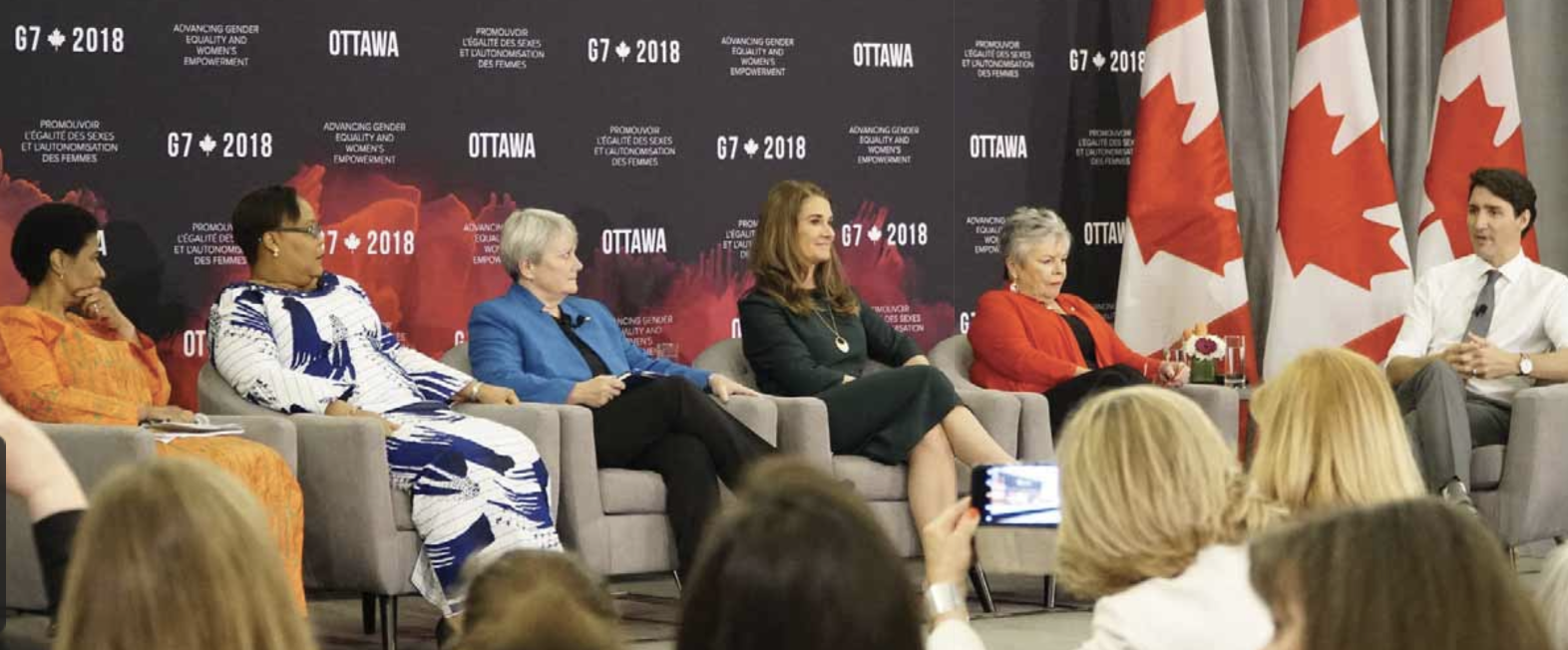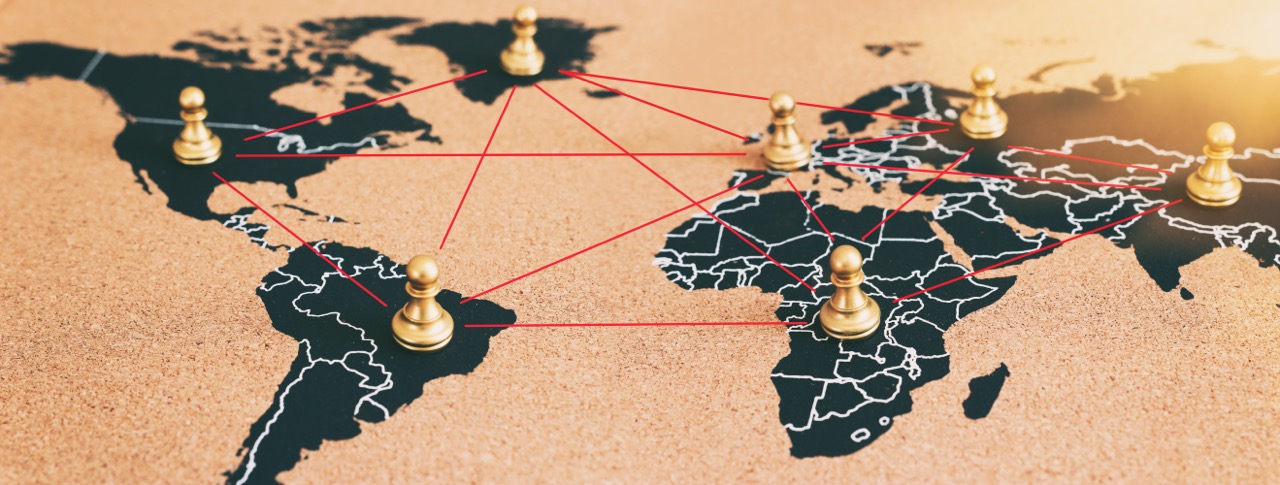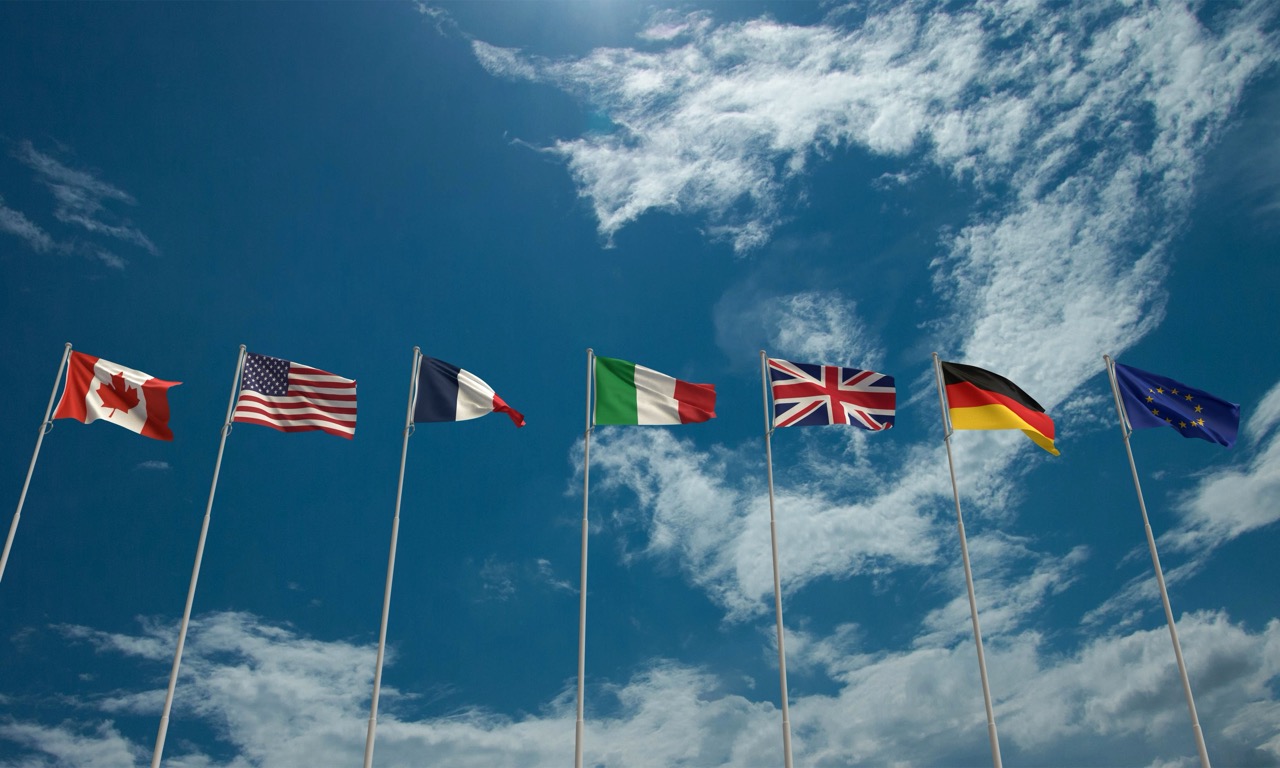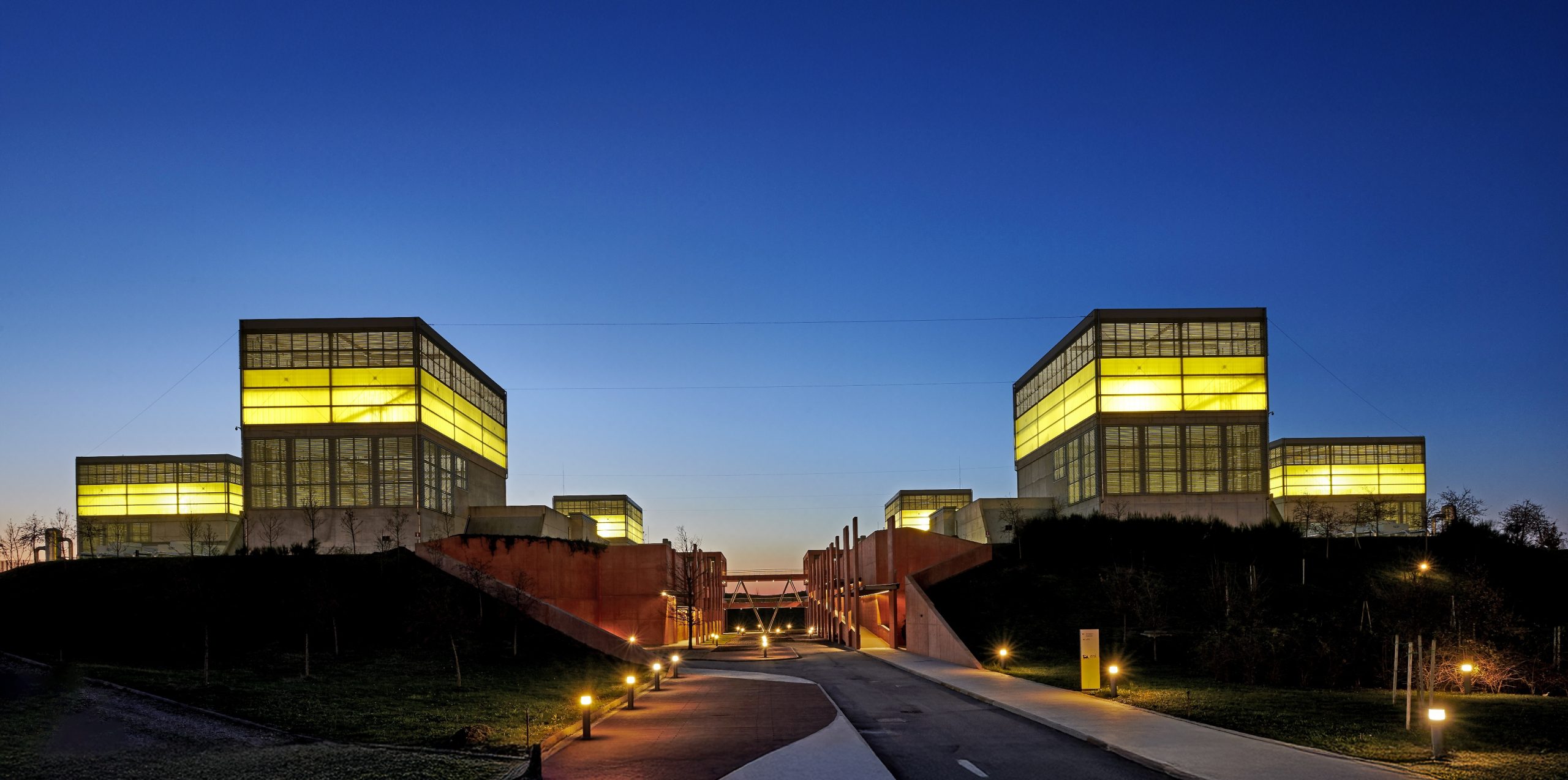Returns on investment
“We cannot all succeed when half of us are held back.”
These wise words by Nobel Prize winner Malala Yousafzai perfectly articulate Canada’s rationale for making the advancement of gender equality and the empowerment of women and girls a top priority for Canada’s G7 presidency this year. A key theme of this year’s G7, gender equality, including the use of gender-based analysis, is being incorporated into all G7 work because we know that it is an essential prerequisite for building peace, reducing poverty, growing our economies and achieving sustainability both at home and around the world.
Since being sworn in as a government with the first gender-balanced federal cabinet in Canada’s history, we have focused our domestic and international efforts on creating the programmes, policies and critical mechanisms that will help lead us ever closer to the goal of full equality. The progress we have made so far is very encouraging, but we are not slowing our pace. In fact, we are redoubling our efforts over the coming months.
One of the realities all societies face is that women have historically been at a disadvantage in terms of work and career opportunities. In Canada, for example, women earn on average just 87 cents for every dollar earned by their male counterparts. Many more women than men work only part-time. Often, women do so because they bear a disproportionate responsibility for caregiving. Our government has responded by improving the Canada Child Benefit, which puts more money in the pockets of nine out of 10 families, and by creating better parental leave provisions for parents, including a new employment insurance parental sharing benefit to support a more equitable division of childcare in the home. These and other measures do not only help lift children out of poverty; they also give women the opportunity to pursue education, jobs and careers that they otherwise could not have pursued. Moreover, we are introducing proactive pay equity legislation and pay transparency measures later this year to help make sure federally regulated workplaces treat people of all genders equally.
An inclusive approach
Another critical area is making sure that our plans and actions as governments are truly inclusive. We must take into account the different impacts our decisions can have on women, men and gender-diverse people. This alone, however, is not enough. We must also recognise that those impacts can shift and increase in severity when other identity factors intersect, such as race, ethnicity, age, or mental or physical disability.
This is why our most recent federal budget – the first budget in Canada’s history to apply an intersectional gendered lens to all of its measures – included the introduction of gender-based analysis plus (GBA+) legislation to make gender budgeting a permanent part of Canada’s federal budget-making process. This is a very important mechanism to extend gender equality across the government. We have already been able to train well over 100,000 public servants, parliamentarians and staff on how to use this valuable tool. With it, we are better able to address systemic barriers to gender equality while producing concrete outcomes that actually improve the lives of women and girls.
The government has also committed $100 million in programming to help strengthen the women’s movement in Canada. These funds will help women’s organisations from coast to coast to coast tackle deep-rooted barriers to equality, such as gender-based violence, gender-based economic disparities, the specific challenges faced by Indigenous women, and many others.
Furthermore, we are also working to engage young Canadians, including our men and boys, on gender equality. Their voices and buy-in are essential to ensuring that progress is equitable and sustainable.
Partners in g7 discussions
Internationally, Canada has adopted the Feminist International Assistance Policy. We are committed to doing all we can to further the cause of equality, including increasing global efforts to support the most vulnerable women and girls.
G7 members are united by their shared values and strong commitment to promote human rights and to help build a more peaceful and prosperous world. Canada’s G7 presidency has included the creation of the Gender Equality Advisory Council, unprecedented in the G7’s history. Made up of some of the world’s wisest and most influential feminist leaders – including Malala Yousafzai – the council is bringing unparalleled insight, expertise, lived experience and leadership to ensuring that gender equality and women’s empowerment are integrated into all the work of the G7. Council members are key partners in our G7 discussions, and their help in identifying the most pressing issues facing the world’s women and girls, and practical solutions to solving them, is invaluable. Prime Minister Justin Trudeau has asked them to be bold in their work and recommendations to G7 leaders and ministers, and they are delivering. It is our aim that the 2018 G7 summit in Charlevoix will deliver concrete outcomes for the world’s women and girls, and will inspire a new international resolve to strengthen efforts to promote gender equality and women’s economic empowerment – and that this momentum will continue next year during France’s G7 presidency.
Our government understands that when we invest in women and girls, we strengthen communities and the economy for everyone. Advancing gender equality is not just the right thing to do; it is the smart thing to do. Canada will continue to share that message at home, with our G7 partners and beyond.












